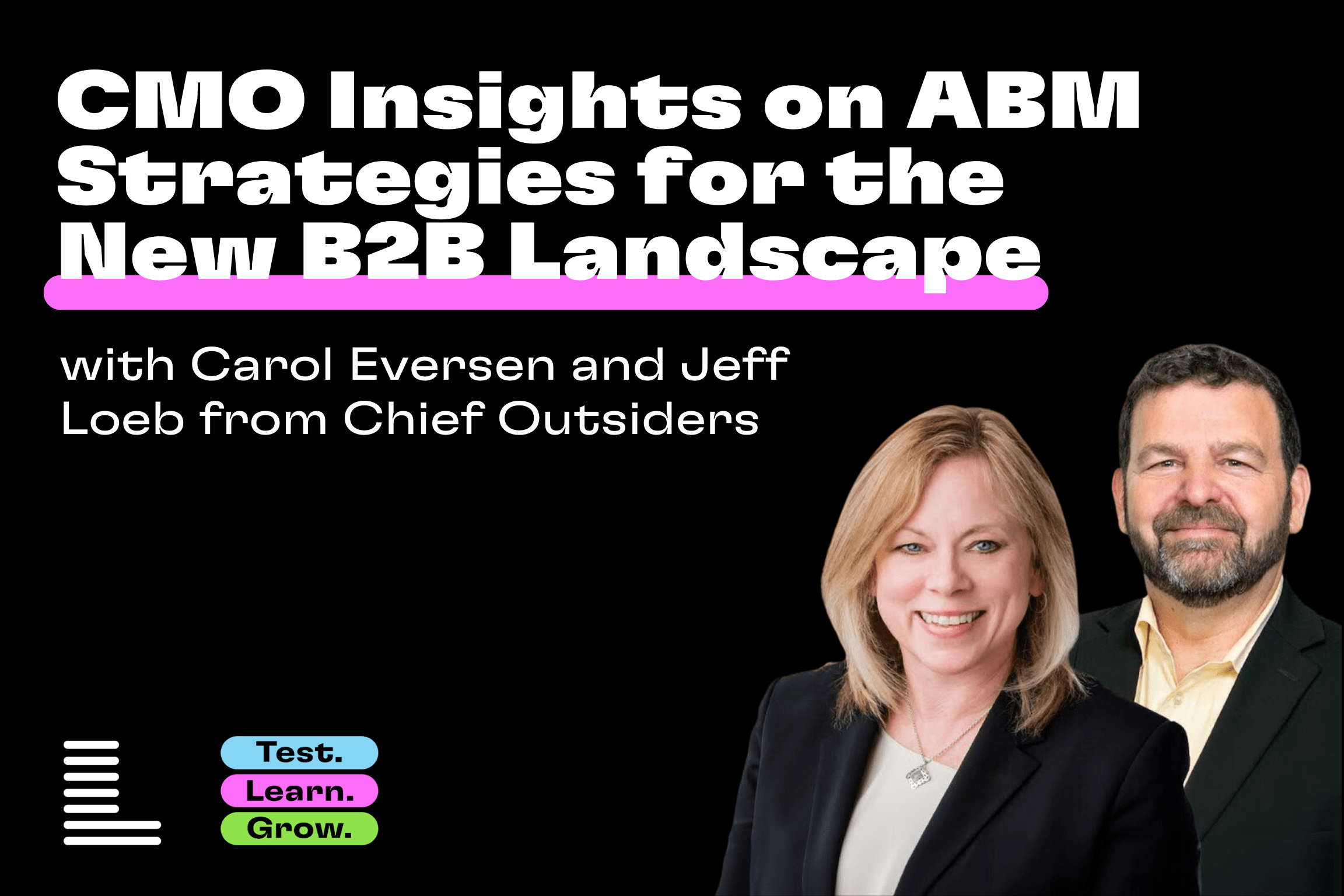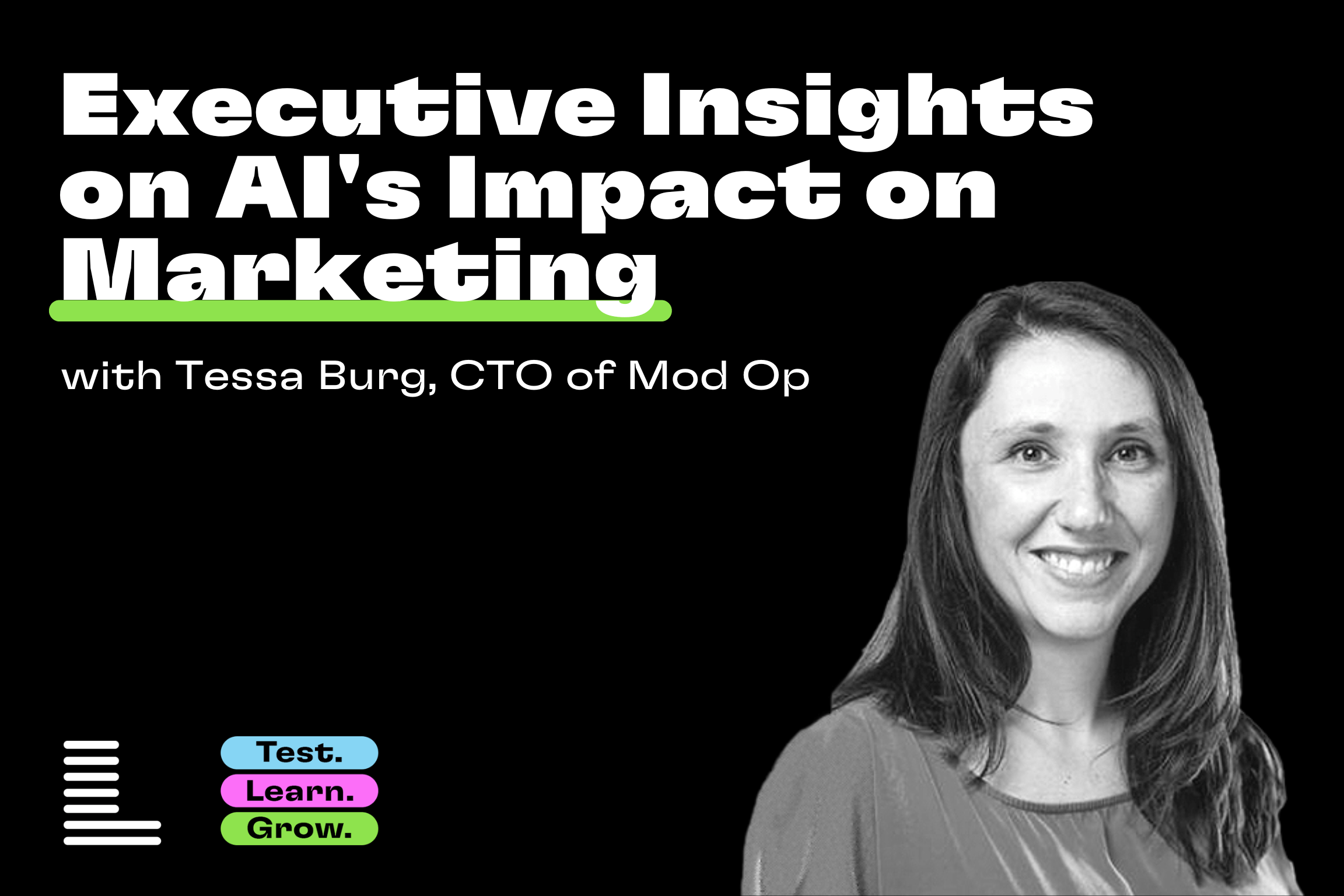The Advertising Cold War: Five Things to Watch
2017 is the year that advertisers must be smart, data-driven, innovative, and considerate of consumers. From Ad Age:
“Today, many people think they want to live in an ad-free world, and all too many ad-blocking technologies are happy to sell that promise. But the truth is, advertising is a necessary evil in the increasingly high-stakes world of modern 24/7 entertainment.”
Level Insight:
The ideas espoused in this article represent some of Level’s best practices and founding principles. Digital advertising is in its adolescence, its growing pains becoming rapidly more apparent. It has been so effective — both from a customer generation and ROI perspective — that even those with remedial understanding or less-than-admirable intentions have bought space for their ads on the landscape, leaving the information superhighway looking like the Vegas Strip.
You might even say that the story of digital advertising thus far mirrors the cliché narrative of most biopics, of success begetting excess.
The only way to continue the success of digital advertising is to adapt. To remain vigilant in our exploration of new digital frontiers. To continue to gain strategic insight into your customers through thorough examination and interpretation of data on a campaign, medium, and audience level. To then apply what that data tells us to understand the most effective means to reach the right people in the right place at the right time with the right message.
1. Google and ad blockers:
- Web giants know that ad blocking is dangerous to the sustainability of free and open global information sharing that is the world-wide web. Users sick of bad ads are blocking all digital ads, effectively stopping law-abiding advertisers from having their messages seen. Meanwhile nefarious advertisers will find other unscrupulous, and often dangerous, methods to keep their ads from being detected by ad blockers. In the great irony, users will still be served the ads they wanted to avoid while hiding the harmless ones.
- Google and Facebook understand the dangers posed by ad blockers to both the business model of internet content and the safety of web users. These two web titans have created their own in-platform systems to weed out the bad ads while keeping the compliant ones necessary to sustain their existence.
2. YouTube:
- YouTube video advertising has presented a challenge to advertisers, as 90% of users are skipping pre-roll ad content. It would be interesting to find out if this percentage is roughly the same as that of button-happy cinephiles who fast-forwarded through the previews at the beginning of a VHS tape. Maybe users are accustomed to seeing disposable content at the beginning of video content (regardless of whether it is streaming or on a cassette), making skipping pre-roll content instinctual. Maybe YouTube advertisers need to find a better way to reach the right audience in a manner that does not come with this pre-digital baggage.
3. Chat:
- It’s a simple rule in advertising: Go where the people are. And, in 2017, the people are on messaging apps. With messaging app users projected to swell to 2.19 billion by 2019, the chat environment is ripe for exploration in 2017.
- The one billion monthly Facebook Messenger users send more than one billion messages to brands per month, which signifies that users are amenable to interacting with businesses in the chat environment. It remains to be seen whether they will have the same level of engagement with ads within the platform.
- Facebook has already introduced sponsored messages, which are a rather unsophisticated form lead nurturing within the Messenger app.
- Facebook recently rolled out ads in the Messenger home screen in Thailand and Australia. We will keep you updated on their introduction in America and any data gleaned from the two current test markets.
4. Data-Driven Decisions:
- The data says that web users welcome ads, if they are relevant. That means that marketers must use data to target the right customers, which is contingent upon accurate interpretation of the data.
- If an ad is targeted correctly, the customer will focus on the benefits of the product or service. Errant targeting will leave a consumer baffled and worried that personal data is being sold indiscriminately.
- When using data, it is important not to make assumptions based on partial, decontextualized information. This is as effective as passing sweeping judgements after only reading the headline of a news story. Digital consumer behavior must be examined in the nuanced context of actual human behavior, which is what Google means when discussing “moments”. A single search query does not tell the entire story of a human being, but a moment in which a partial sentence was entered in a box on a website.
- Just because we as marketers have access to unprecedented amounts of data does not mean that we should act on everything that we see before we understand how it relates to the consumer as a fully formed human.






